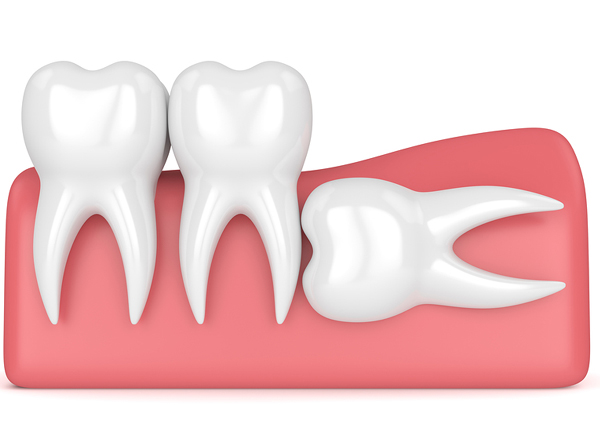
Tooth Extraction (Time scale 1 day)
When it comes to dental procedures, tooth extraction — or having teeth “pulled” — is among patients’ most dreaded prospects. Also referred to as exodontia, tooth extraction involves removing a tooth from its socket in the jaw bone. Before your dentist considers extraction, every effort will be made to try to repair and restore your tooth. However, sometimes it’s necessary.



Dental Filling Extraction Time scale 1 day
A dental filling is a type of restorative dentistry treatment used to repair minimal tooth fractures, tooth decay or otherwise damaged surfaces of the teeth. Filling materials, which include composite, porcelain or amalgam may be used to even out tooth surfaces for better biting or chewing.
The dentist begins the procedure by preparing the tooth and necessary surrounding areas in order to restore the decay or damage. The decay or damage is removed with a dental handpiece (aka drill) or laser, and the area is cleansed to remove bacteria or debris before the restoration is completed. The completed restoration is both functional and natural looking.
Teeth Cleaning Extraction Time scale 1 day
Teeth cleaning is part of oral hygiene and involves the removal of dental plaque from teeth with the intention of preventing cavities
Professional cleaning includes tooth scaling and tooth polishing and debridement if too much tartar has accumulated. This involves the use of various instruments or devices to loosen and remove deposits from the teeth
Dentures Extraction Time scale 7 days
Complete dentures are used to replace missing teeth for people with no remaining teeth. They may also be used for people who have lost several teeth. In this case, the appliance is called a partial or overdenture. During the first dental visit to evaluate the need for dentures, your dentist will examine your gums and supporting bone structure to identify the appropriate treatment plan.
In some cases, oral surgery is performed to correct bony ridges that may interfere with the stability of the denture. In other cases, the remaining teeth may need to be extracted before placement. Once your dentist has decided that dentures are right for you, she will make an impression of the gums to identify every ridge and crevice to ensure the best fit possible.
In cases where teeth need to be removed, an immediate denture is typically placed to enable proper healing of the extraction sites and serve as an aesthetic replacement for natural teeth. This can be easily modified for changing ridge contours during healing until final dentures can be made.
In constructing the immediate dentures, dentists will use a shade and mould chart to choose replacement teeth that will most closely match your natural teeth, minimizing any changes in appearance. Complete dentures are made when gums are restored to a healthy condition and sufficient time has passed for healing.
An overdenture is a removable dental prosthesis that covers and rests on one or more remaining tooth roots. A removable partial denture is a dental prosthesis that replaces some teeth and is built around existing natural teeth. Both the overdenture and the removable partial denture may be connected to the remaining tooth roots or remaining natural teeth with anchors made of metal or plastic. These connections improve stability and the retention of both prostheses.
Complete dentures, overdentures, and removable partial dentures should be removed at night while you sleep. This enables the gums to be bathed by saliva, which has important properties for controlling the naturally occurring flora found in the oral cavity. Saliva aids in maintaining a healthy mouth.
If this is something you are considering at Dt. Şule Dülger's Dental Office please contact us today our professional team will assist in choosing the best personalised treatment plan.
Dental Bonding Extraction Time scale 1 days
Dental Bonding / Composite Bonding
If you have a cracked or discolored tooth, or if you wish to improve the appearance, a cosmetic dental procedure like tooth bonding can give you the confidence to flash those pearly whites.
Tooth bonding is a procedure where your dentist applies a tooth-coloured composite resin to one or more of your teeth to repair damage. to start the process, our dentist uses a shade guide to choose a composite resin colour that closely matches the colour of your natural teeth.
Our dentist will than roughen the surface of the tooth, then apply a liquid that allows the bonding agent to stick to the tooth. our dentist will than apply the composite resin over the liquid, molds or shapes the tooth, and then harden the material with an ultraviolet light.
Dental Bonding can be considered for the following conditions
To Repair chipped or cracked teeth, To improve the appearance of discolored teeth, To close spaces between teeth, To make teeth look longer, To change the shape of teeth


